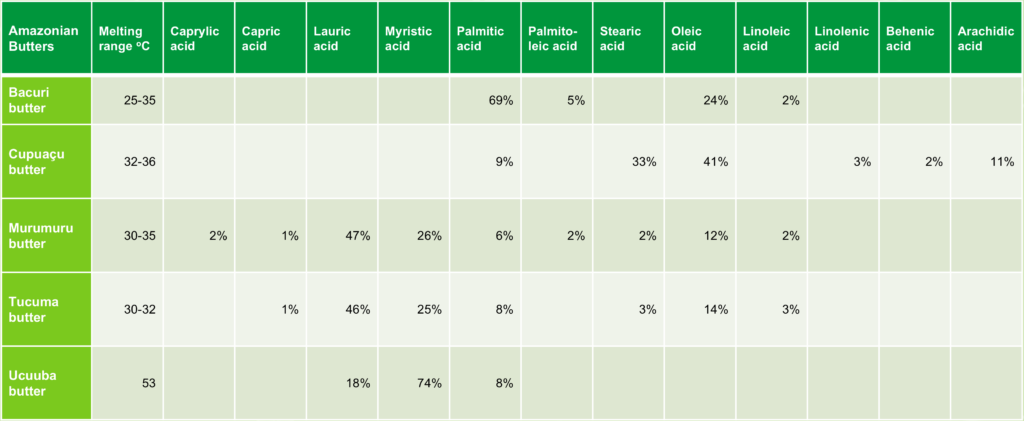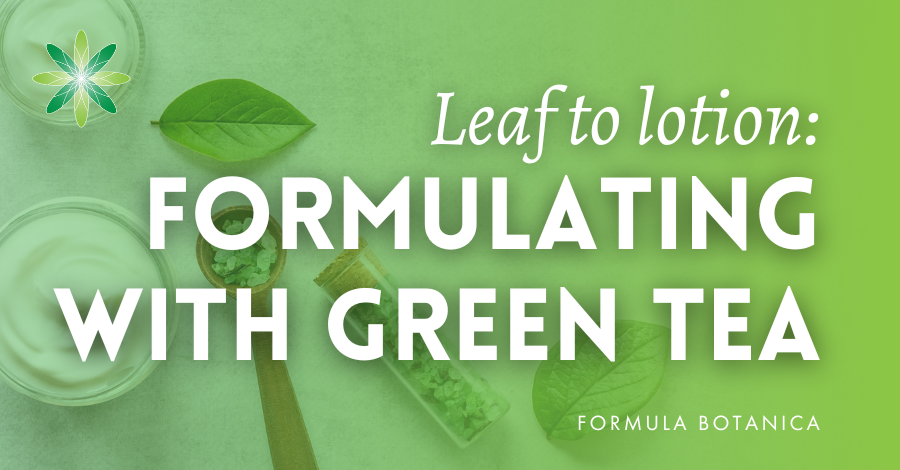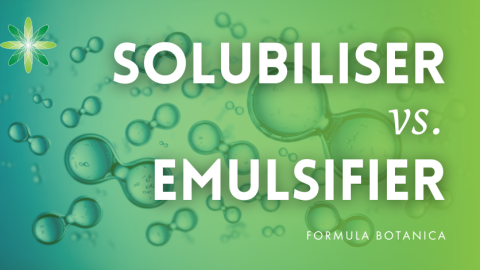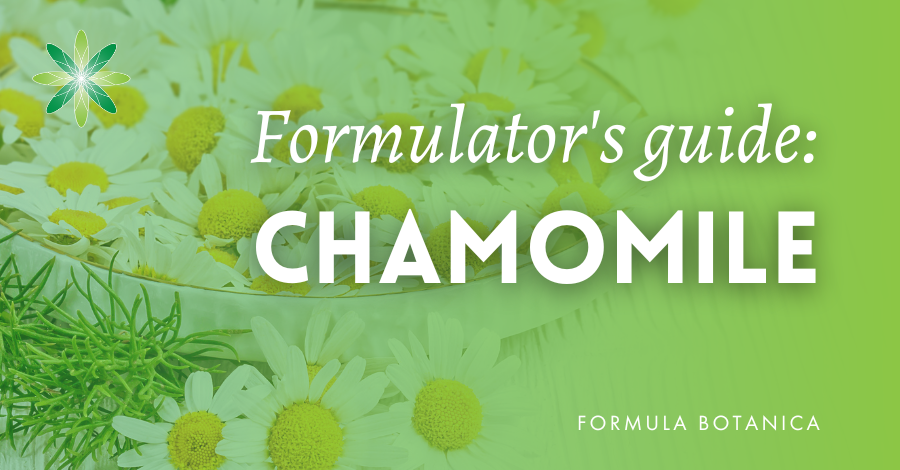Amazonian butters and oils are some of the most fun and luxurious ingredients for your artisan formulation lab. If you are located outside of South America, these ingredients seem very exotic and were totally unknown to most of the organic cosmetic formulation community until recent years.
These Amazonian butters are used by the natives of rainforests for centuries as food, medicine and cosmetics yet there are very few research studies available about them (in English). With the internet connecting us, the globe is becoming smaller and smaller and one of its huge advantages is the luxury of coming into contact with ingredients that we have hardly heard about or only seen/read in books and travel documentaries.
In this article we summarise five fantastic Amazonian butters for organic skincare and haircare formulations.
Bacuri Butter
- INCI: Platonia insignis seed oil
- Iodine value: 50-65 gr I2/100 gr
- Saponification value: 200-220 mg KOH/gr
- Melting point : 25-35 oC
Bacuri butter is obtained by the cold pressing of the fruit seeds. Each fruit contains up to 4 seeds which would yield, after drying to up to 70% oil. The butter has a brown colour (which is not very pretty) with a mossy/earthy scent.
In the traditional way, the fruits are soaked in water (up to one year) and then boiled in water. The fat floats on top of the water after cooling and is separated from water. In the modern, industrial method, the fruits are cold pressed and the oil is physically filtered afterwards to separate shells and other impurities.
Application
Bacuri butter has a dry skin feel and hence could be used both for greasy as well as dry hair and skin care. Because of its intensive colour and scent it is rarely used as a standalone ingredient, however, applied to the skin (if you can overcome the apathy for its colour) it imparts a golden touch to the skin. High palmitic acid content means excellent performance for dry hair and skin.
Its folklore uses include treating spider and snake bites, relieving arthritis and rheumatic pain as well as treating skin freckles and scars. Because of its anti-inflammatory properties, it could be used in shaving and after shave as well as depilatory and after depilatory formulations.
Chemistry
Bacuri butter is unique in high concentrations of Tripalmitin (50-55%). Tripalmitin is a bioactive ingredient and tripalmitin containing oils and butters are applied in controlled drug delivery system for an improved pharmacokinetics, controlled release and bioavailability of active ingredients in pharmaceuticals. Apart from palmitic acid, oleic acid is the major component found in this butter.
Bacuri Butter - Fatty acid composition
Cupuaçu Butter
- INCI: Theobroma grandiflorum seed butter
- Iodine value: 40-50 gr I2/100 gr
- Saponification value: 180-190 mg KOH/gr
- Melting point : 32-36 oC
- CAS# 394236-97-6
Cupuaçu belongs to the same family as cocoa and is one of the superfruits of the Amazonian rainforests. The pulp is used in juices, ice creams and sweets. The fermented seeds are roasted and used in a chocolate like drink called cupulate. The butter is obtained by cold pressing the seeds.
Application
Cupuaçu butter has excellent moisturising performance, much higher than lanolin. It is often recommended as a plant based lanolin substitute for vegan products.
The high phytosterol content regulates skin lipid production. According to Krist[i], the butter has UV-filter and antibacterial properties. Please note that plant oils cannot be used as standalone sun protection active ingredients. These butters and oils can only work as SPF boosters.
Presence of long chain fatty acids (arachidic and behenic acid) makes it an excellent protection and repair ingredient for hair- and skincare. In an specific study in 2003[ii], a skin repair cream with 7.5% Cupuaçu butter was successfully applied to reduce inflammation and TEWL of SLS caused irritation.
Chemistry
Cupuaçu butter has a balanced ratio of saturated and unsaturated oils. This ratio is the reason for its low melting point and its very nice skin feel despite high concentrations of stearic acid (approx. 35%). The butter contains ca. 2-3% unsaponifiables, mainly phytosterols and tocopherols (mainly gamma-tocopherol). The butter contains ca. 11% arachidic acid, a saturated fatty acid with 20 Carbon atoms (C20:0).
Cupuaçu Butter - Fatty acid composition
Murumuru Butter
- INCI: Astrocaryum murumuru seed butter
- Iodine value: 10-15 gr I2/100 gr
- Saponification value: 230-240 mg KOH/gr
- Melting point : 30-35 oC
Murumuru palms grow in the Brazilian Amazon, preferably on periodically flooded areas. The ripened fruits with a yellow fruit pulp fall to the ground where the rodents eat the pulp and leave the seeds for butter extraction. The seeds contain about 40% butter.
Applications
Murumuru butter has a long shelf life and a higher melting point compared to coconut oil. High concentrations of lauric and myristic acid makes it an excellent butter for soap making. In addition to that, it is pre-destined for hair care because of its high lauric/myristic acid content.
Murumuru butter is a favourite ingredient in hair products for dry and curly hair as well as reparative hair care for hair damaged from bleaching and permanent waving.
Having antibacterial and anti-inflammatory properties, it is a suitable ingredient in preparations for chappy, dry and inflamed as well as acne-prone skin.
Chemistry
The butter has a white to beige colour with a decent nutty scent. It contains high concentrations of lauric, myristic and oleic acid.
Murumuru Butter - Fatty acid composition
Tucuma Butter
- INCI: Astrocaryum tucuma seed butter
- Iodine value: 10-30 gr I2/100 gr
- Saponification value: 230-250 mg KOH/gr
- Melting point : 30-32 oC
Tucuma palm is considered a very resistant and aggressive plant. It is even resistant to fire and has an ability to grow shoots again after fire.
The butter is obtained by cold pressing the seeds. It is a white to beige butter with a decent nutty scent. In the traditional method of manufacturing (like almost all other Amazonian butters), the seeds are boiled with water and the butter is separated from the water afterwards.
Application
High in lauric and myristic acid, the butter creates a nice foam in soap. Furthermore, due to its high concentration of lauric acid, tucuma butter is an excellent ingredient for hair care – particularly for damaged and split-end, as well as curly hair.
In skin care, it is used for dry and damaged skin (mostly in combination with other butters and oils).
Chemistry
The butter contains high concentrations of lauric and myristic acid and is mainly composed of saturated fatty acids.
Tucuma Butter - Fatty acid composition
Ucuuba Butter
- INCI: Virola sebifera seed butter
- Iodine value: 12-15 gr I2/100 gr
- Saponification value: 220-230 mg KOH/gr
- Melting point : 53 oC
Ucuuba butter is obtained by cold pressing the seeds which have a high fat content (60-70%). It has a brown (caramel-like) colour and a nutty scent.
Application
Ucuuba butter has a high melting point and an intensive colour. It is not used as a stand-alone ingredient but can impart barrier protection and coverage in hair and skin care products. Ucuuba butter has anti-inflammatory properties. Due to its high melting point, it is an excellent ingredient for bath and body products that are applied under high temperatures.
Chemistry
Ucuuba butter is rich in tri-myristin (tri myristic acids in a triglyceride group).
Ucuuba Butter - Fatty acid composition
Summary of Amazonian Butters
None of these Amazonian butters and oils are used as stand-alone ingredients. A well-designed hair or skin care product is a synergy of several ingredients to achieve desired properties: skin feel, melting point, stability, barrier repair and coverage. We recommend that you use these ingredients in combination to your usual oils and butters to add an Amazonian touch to your products.

FREE TRAINING
Learn how to become an
Organic Skincare Formulator
FREE TRAINING
How to become an
Organic Skincare Entrepreneur
FREE TRAINING
How to become an
Organic Skincare Entrepreneur
[i] Krist, Sabine, Gerhard Buchbauer, and Carina Klausberger. “Andirobaöl.” Lexikon der pflanzlichen Fette und Öle
[ii] Kelly, D., et al. “Anti-inflammatory properties of Amazonian Oils.” SÖFW-journal 129.4 (2003): 12-17.
Leave us a comment

Dr. Elham Eghbali was Formula Botanica’s Cosmetic Chemist between 2014 and 2018. She has over 20 years’ industry experience and is based in Bavaria, Germany. To read more about Formula Botanica’s team, visit our staff page.



























